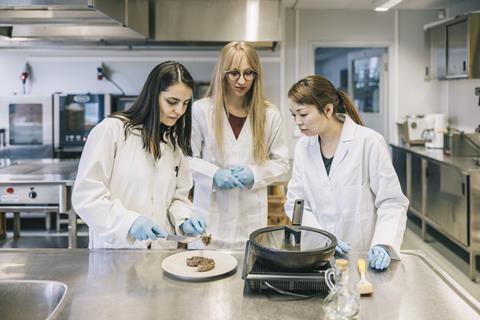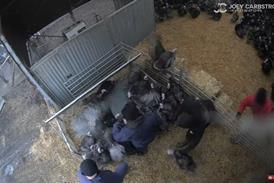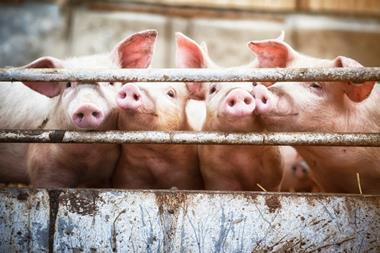
Spare a thought for the food development people in our industry. What they propose is often difficult or expensive to make. It is almost always lower margin than the existing top-selling lines and insight colleagues complain that the new ideas are too early or too niche.
With all these obstacles, food developers need great energy to push through the naysayers and bring something new to the market.
Without our food designers, we’d still be eating boiled mince and potato and drinking mead. While the rest of us play tunes with the marketing and selling of food, real progress comes from the new and different.
So, what can businesses do to help food development people deliver products that make a difference for consumers?
Celebrate innovation
First, create a culture that celebrates food and food innovation. The obvious UK example right now is M&S. Stuart Machin was said to have tasted almost every M&S Food product before even joining the company. Alex Freudmann, the Food MD, is consistent in his rallying cry: “If in doubt, engineer in more quality.”
Leaders need to show they are food people, and that they see a food mission for their company. Of course, returning profit to shareholders is critical, but it is not in itself something which inspires people.
Second, demand co-operation. Don’t let your food development people spend all their time in the kitchen or in funky restaurants in Shoreditch. Demand a full understanding of the industry: an understanding of how consumers plan, prepare and eat food; an understanding of how retailers work; an understanding of factory realities.
Developers must be persuasive voices at the table, helping to find the sweet spots that deliver for consumers, that are operationally doable and that can make money. It’s a complex equation that can only be solved by teams of experts who also bring broad industry understanding.
Third, be patient. Great new food cannot be designed and delivered overnight. Bigham’s once told me they had tested 15 versions of their fish pie with consumers, before they arrived at the successful final recipe. Accept that it takes a long time for new products and ideas to hit scale. Consumers change behaviour very slowly. Shoppers are normally too busy to notice new products or categories.
You may need to try a good new idea more than once, and you’ll certainly need to invest money in getting your product noticed. Resist the temptation to cut corners and shave costs when initial results underwhelm.
Food innovation is difficult. Even when you succeed, you then have the challenge of holding industry copycats at bay. But we are a food industry and we need to keep trying. Create the right culture, insist on co-operation and be patient.
Jeremy Garlick, partner at Insight Traction



















No comments yet